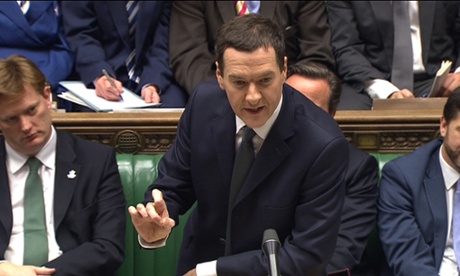What can Twitter's reaction to the UK autumn statement tell us?
This article is about analysing social reaction to political events.
- Social media, particularly Twitter, has emerged as a new political battleground, where opinions are formed and public judgments made, whether politicians like it or not. Over the hour of the speech, 46,000 tweets were sent about the autumn statement – 780 a minute, and more than in both of the party conference leader speeches earlier in the year.
- In total, around 18,000 tweets came from members of the general public; close to ten thousand came from corporate Twitter accounts, especially tax, accountancy and management consultancy firms. A further 10,000 came from media voices – newspapers, the broadcasters, bloggers and writers. Politicians, charities, public sector organisations and activists were vocal too.
- Twitter, as a rule, is unfavourable to politicians. It is a place where people join in the cross-partisan, cross-generational national sport of anti-politics, and in each of these occasions the boos have drowned out the cheers. In the first referendum debate, Darling was booed 30,000 times and cheered 435. For Miliband’s speech, he received 4 boos for every cheer.
Social media helps consumers to express their opinions on controversial topics such as politics. User generated content helps opinions to form and debates to arise.

No comments:
Post a Comment